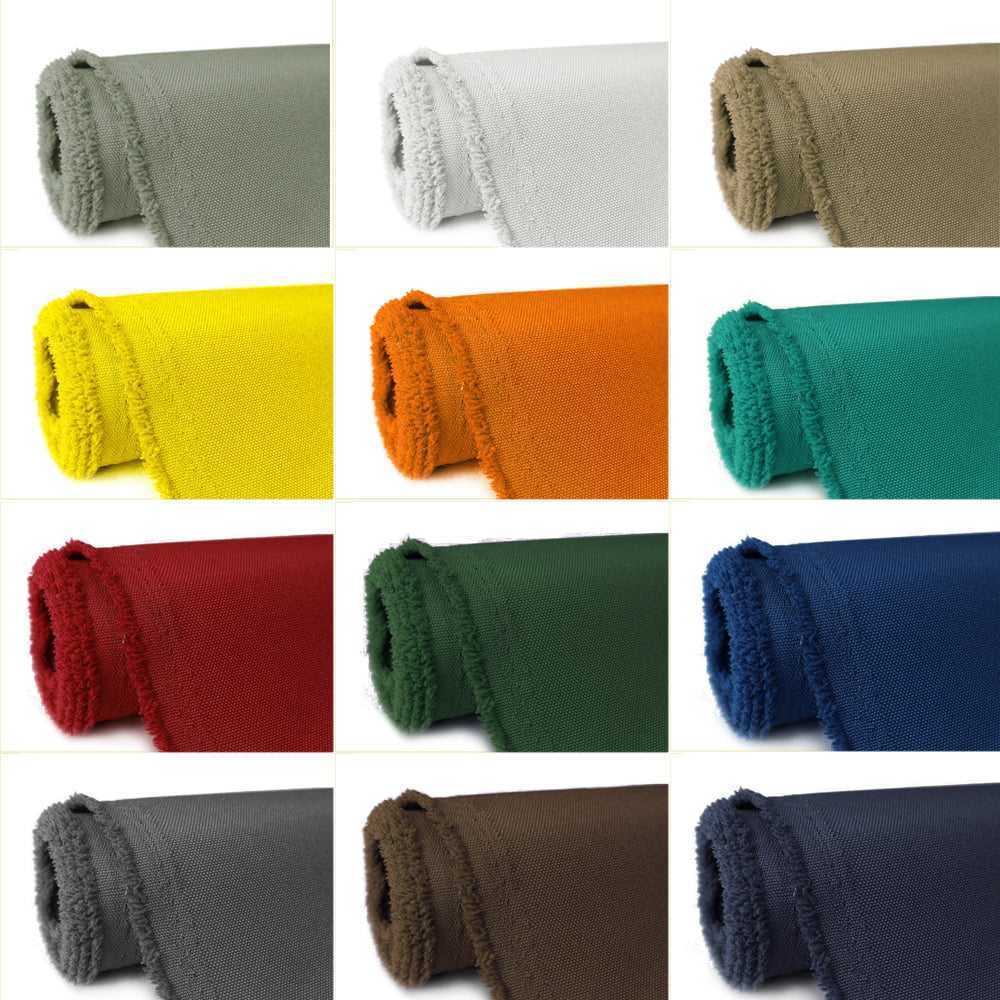Site: Home > Home > News and events
This article introduces some practical experience that can be used when purchasing fabrics, how to distinguish the warp and weft direction of fabrics and the front and back, deal with common problems of fabrics and other general knowledge, I believe it will be helpful to us and accumulate more experience.
It is always inevitable for everyone to go to the fabric market, so what knowledge do you need to know before buying fabrics?

What should I do before buying fabric?
Problem scenario:
"This fabric is not perfect, even if there is a little flaw, return it!"
"The calculated quantity, why is it not enough to buy it?"
"Knits are soft and wovens are hard, right?"
1 All fabrics will have more or less defects, not only short size, but also color difference, weft skew, wave of selvage, etc., but the degree is very large or very small.
2 Loss is necessary for clothing production and depends on clothing type, style, layout, etc.
3 Fabric shrinkage refers to the percentage of fabric shrinkage after washing or soaking in water. For example, the shrinkage rate is 3% to 4%. When making clothes, the shrinkage rate should be added to prevent the clothes from shrinking after entering the water.
4 There is no necessary connection between materials and organizational structure, and various materials can basically be knitted or woven. Knits and wovens are structures, not materials.
What should I pay attention to when buying fabrics?
Problem scenario:
"Buying fabrics is not easy, just give money and get cloth!"
"Oh, it was dragged back without inspection, can I return it?"
"Isn't cloth inspection just to see if there are any defects in the cloth? Who wouldn't?"
1 The first thing to ask is the material and magnitude, as well as the grade of the item;
2 When receiving the goods, each piece of cloth must be opened to check;
3 Check whether the fabric has dull luster, dyeing condition, surface roughness and structure, grain and fiber appearance characteristics, softness, hardness, smoothness, thickness, elasticity, etc. The strength and elongation of the yarn in the fiber can also be measured by hand.
Copyright 2022:Qinsun Instruments Co., Limited
High-end textile tester supplier Email:info@qinsun-lab.com | Textile Testing Equipment pdf | Tel:021-67800179 |